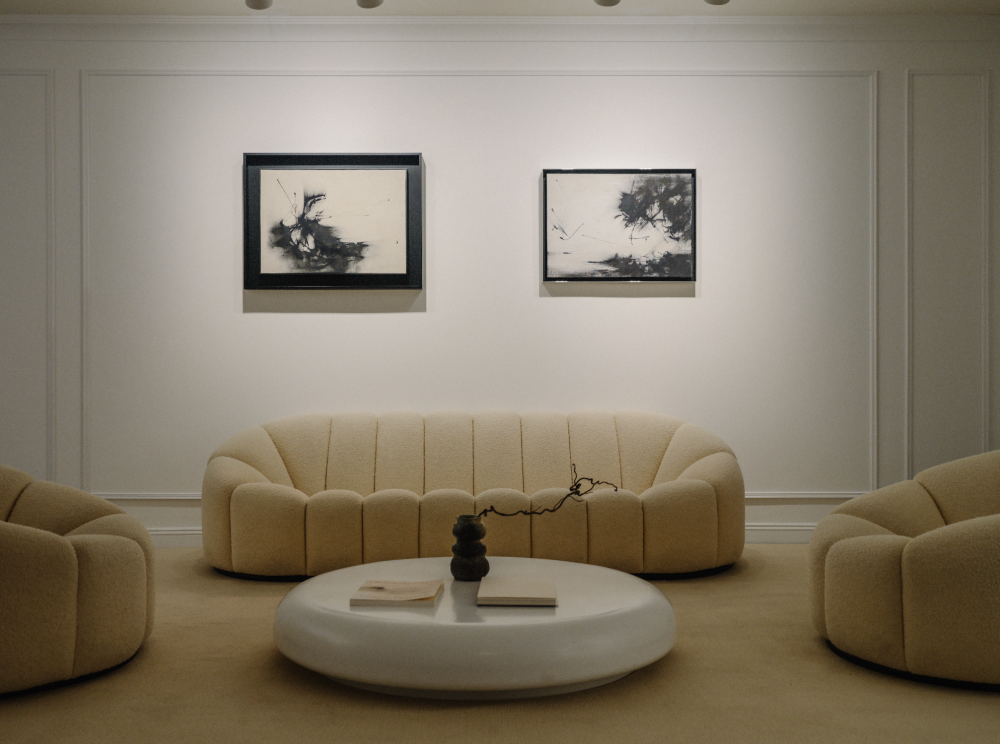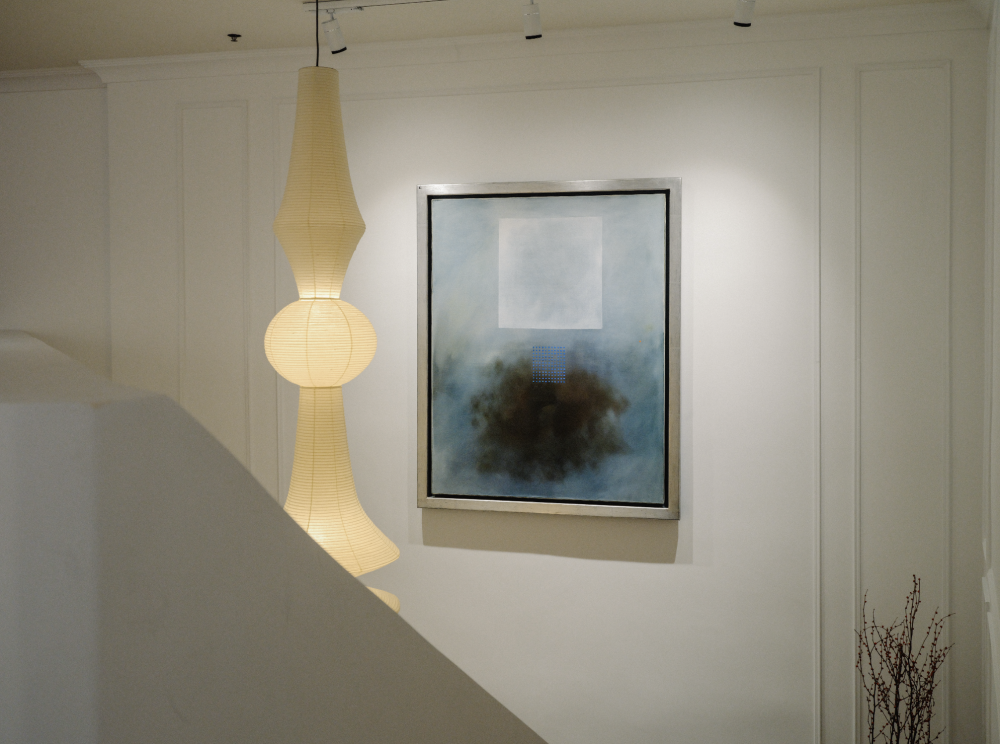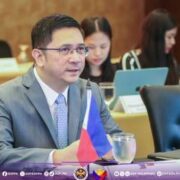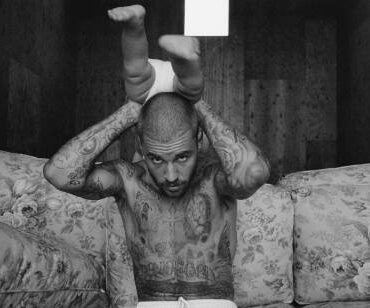Fernando Zóbel in a major Hong Kong show

World-renowned Spanish Filipino artist Fernando Zóbel spent his life moving across the world—from growing up in Manila and obtaining Harvard education in the US to anchoring his practice in Spain.
After his passing in 1984, Zóbel’s works continued to travel to gallery and museum shows around the world, with recent surveys at Museo del Prado in Madrid and the Ayala Museum in Makati. I even recall a moment of elated surprise, pulling myself out of the Paris subway to see two huge works hanging in the window of the Galeria Mayoral.
Which is why it comes as a surprise that “Worlds Within: Art as Refuge” marks Zóbel’s first major exhibition in Hong Kong, a city long recognized as one of Asia’s leading art capitals.

In “Worlds Within: Art as Refuge,” Villepin presents Zóbel in dialogue with Chinese French painter Zao Wou-Ki, Vietnamese artist Lê Pho, and Korean artist Kang Myonghi.
It is curated by Rishika Assomull, who recently joined Villepin as senior director, and has had over a decade of experience at Sotheby’s. With expertise in both 20th century Western art and emerging narratives in Asia, she expresses her excitement for the show. “Rarely do blue-chip galleries strategically feature Southeast Asian modernists, so I am very excited to showcase two of the greats from our Southeast Asian region—Fernando Zóbel and Lê Pho—for my first show at Villepin.”

Within the modernist’s worlds
Assomull’s curatorial decision to feature the modernist seems to echo his quote, “Order is essential,” which is also the title of the ongoing retrospective of Zóbel in the National Gallery of Singapore, curated by Patrick Flores.
Moving through the gallery, there is an intuitive order to Zóbel’s visual language.
Hanging on one wall is a rare work from his “Saeta” series, which exemplifies Zóbel’s expert balance of movement and control. The canvas shows his oft-used technique of surgical glass syringes to trace meticulous lines, this time electrified with a “lattice of orange lines (that) vibrate over a field of turquoise and electric blue,” Assomull describes. “Converging and dispersing.”

Also featured are a pair of striking monochromatic works from his “Serie Negra” series that are rich in texture and tension as well as compositions that lean toward color and evoke the calm of bucolic landscapes.
One untitled color field painting reveals a structured grid of miniature blue squares, with one mischievous orange square drifting away from the matrix. It offers a “nearly spiritual visual experience,” the curator states.
Villepin as a space for stillness
Relatively new since opening in 2019, and shaped by Dominique and Arthur de Villepin (CEO of the Art de Vivre Group, and the son of former French Prime Minister Dominique de Villepin), the space operates on a gallery model created by collectors, for collectors.
“While Villepin operates as a commercial gallery, its space has always been thoughtfully curated with the meticulous research of a museum, the warmth and intimacy of a home, and the vibrant sense of community found in a salon,” explains Assomull.
The rooms themselves are curated for comfort, unlike most galleries, which are meant to redirect absolute focus onto the artwork. Pierre Paulin’s designer sofas are placed in such a way that invites you to stay and look a while, lounging underneath Noguchi chandeliers in the elegant, clean space right in the heart of Hong Kong.

Finding refuge in Zóbel’s work
While Zóbel’s name has already been etched into the art history of Southeast Asian modernism, “World’s Within: Art as Refuge” allows an ever-growing audience to encounter his work in a calm new context that reflects the modernist’s sense of stillness and dynamism.
As Assomull notes, “This is Zóbel’s moment. While he has long been celebrated as an icon of Southeast Asian modernism, his practice offers a nuanced, transcultural vision that is increasingly resonating with collectors, institutions, and art enthusiasts alike.”
By placing his work alongside the luminous abstractions of Zao Wou-Ki, the meditative landscapes of Kang Myonghi, and the nostalgic worlds of Lê Pho, Zóbel’s work hangs in harmony, emphasizing the pull and relevance of the artist’s work today.
“We reveal how these artists were shaped by their fluid identities and diverse artistic traditions across Asia, Europe, and the United States,” Assomull says. “We are committed to amplifying such voices—artists who move between worlds, and in doing so, help us better understand our own.”
“Worlds Within: Art as Refuge” runs until Aug. 31, 2025 at 53 Hollywood Road, Central, Hong Kong

















